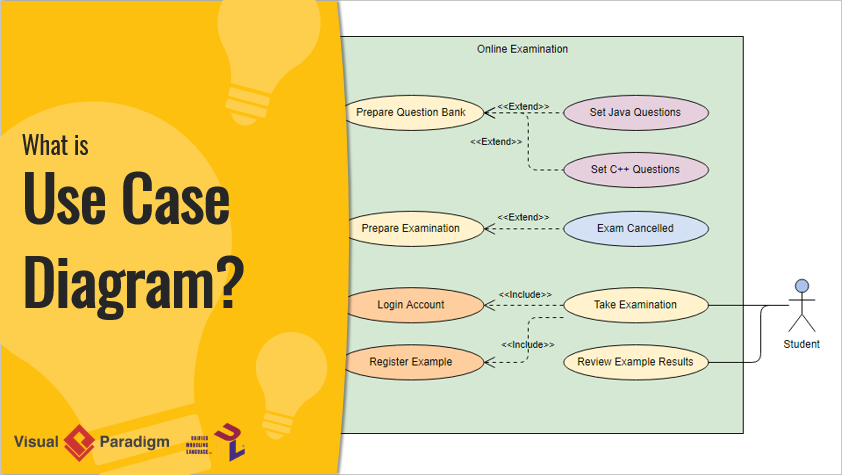Introduction
Use cases are a fundamental tool in software development and systems engineering, providing a structured way to capture the functional requirements of a system from the perspective of its users. A well-designed use case template ensures that all necessary information is documented consistently and comprehensively. This article will explore what a use case template is, why it is essential, and how to design one effectively. We will also provide examples using a standard use case template as a case study.

What is a Use Case Template?
A use case template is a structured document that outlines the interactions between users (actors) and a system to achieve specific goals. It serves as a blueprint for understanding the system’s functionality and ensures that all stakeholders have a clear and shared understanding of the requirements.
Why Use a Use Case Template?
- Clarity and Consistency: A template ensures that all use cases are documented in a consistent format, making it easier for stakeholders to understand and review the requirements.
- Comprehensive Coverage: It helps in capturing all necessary details, including preconditions, postconditions, actors, and steps, ensuring that no critical information is overlooked.
- Communication: Use cases serve as a common language between stakeholders, developers, and testers, facilitating better communication and collaboration.
- Traceability: A well-documented use case template aids in tracing requirements throughout the development lifecycle, from design to testing and maintenance.
How to Design a Use Case Template
Designing a use case template involves defining the key sections that capture the essential information about the use case. Below is a standard use case template with explanations for each section:
Use Case Template Sections
Use Case Template
| Section | Description |
|---|---|
| Use Case # | A unique identifier for the use case. |
| Goal in Context | A short active verb phrase describing the goal of the use case. |
| Scope & Level | The system being considered and the level of the use case (e.g., Summary, Primary Task, Sub-function). |
| Preconditions | The state of the world before the use case begins. |
| Success End Condition | The state of the world upon successful completion of the use case. |
| Failed End Condition | The state of the world if the use case is abandoned. |
| Primary, Secondary Actors | The primary actor initiating the use case and any secondary actors involved. |
| Trigger | The event that initiates the use case. |
| Description | A step-by-step description of the interactions between the actors and the system. |
| Extensions | Alternative flows or exceptions that may occur during the use case. |
| Sub-Variations | Variations of the use case that may exist. |
Case Study: ATM Withdrawal Use Case
| Use Case – Withdraw Cash (ATM) | Description |
|---|---|
| Goal in Context | Withdraw cash from ATM |
| Scope & Level | ATM System, Primary Task |
| Preconditions | The user has a valid ATM card and sufficient funds in the account. |
| Success End Condition | The user receives the requested amount of cash. |
| Failed End Condition | The transaction is canceled, and no cash is dispensed. |
| Primary, Secondary Actors | Primary: Customer, Secondary: Bank System |
| Trigger | The customer inserts the ATM card into the machine. |
| Description | Step 1: The customer enters the PIN. Step 2: The system verifies the PIN. Step 3: The customer selects the withdrawal option. Step 4: The customer enters the amount to withdraw. Step 5: The system dispenses the cash. Step 6: The system updates the account balance. |
| Extensions | Step 3a: If the PIN is incorrect, the system prompts the customer to re-enter the PIN. Step 4a: If the amount is greater than the available balance, the system displays an error message. |
| Sub-Variations | None |
Conclusion
Designing a use case template is a critical step in ensuring that functional requirements are captured accurately and consistently. By following a structured approach and including all essential sections, you can create a comprehensive and effective use case template. The ATM withdrawal use case example demonstrates how to apply the template in a real-world scenario, providing clarity and consistency in documenting system interactions.

